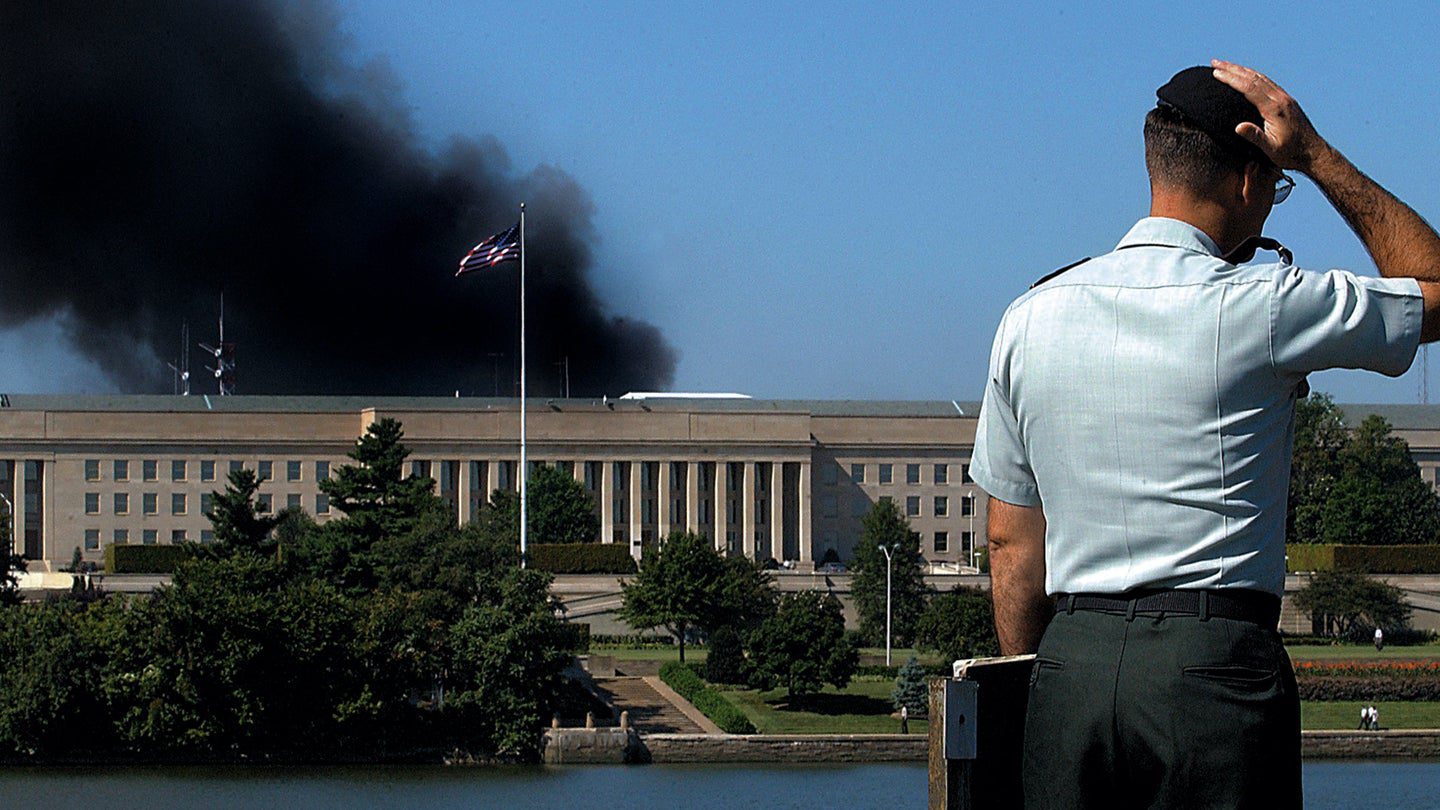Washington in 9/11’s Shadow

Before our present age of conspiracy, I had a friend who had a peculiar party trick.
As college kids home from school filed in, my friend would make sure all were refreshed and then ask the question on the tip of everyone’s tongue: “So, 9/11?” Firing up YouTube and “Loose Change”, the controversial conspiracy film, it wasn’t exactly an icebreaker beloved by all.
But if it was going to work anywhere, it was there, in the suburbs of Washington, D.C.
Twenty years on, the capital city remains the secondary site of the September 11, 2001, terrorist attacks. The Pentagon, America’s military nerve center and the world’s largest office building, was struck, killing 189. United Airlines Flight 93, wrestled back from its hijackers and crashed by Americans who knew the score from New York, crashed in Pennsylvania; its target was Capitol Hill.
“A total of 13 passengers made 37 phone calls,” the group Friends of Flight 93 reports. “Through their phone conversations, they learned of the first two attacks, and subsequently took quick action.”
Between the spectacular images from Manhattan—“straight out of Hollywood” as the writer Chris Hedges has called the Twin Towers’ collapse—and the heroism against Al Qaeda fanatics that concluded in Pennsylvania, the half-thwarted, dual assault on the country’s military and political leadership has been perhaps largely overlooked by history.
While millions watched the second plane collide with the South Tower live on television, it would appear only one, grainy security camera clip exists of American Airlines Flight 77 barreling into the west side of the Pentagon at 9:37 a.m. that morning. The clip was released by the government in late 2004 at the Freedom of Information Act request of Judicial Watch’s Tom Fitton, a veteran conservative who sought to give cover to the George W. Bush White House.
As the nation enters the third decade after the attack, it is this peculiar footage that dismisses Americans to the realm of conspiracy theory more than any other, even “Building Seven” chatter. A quick scan of the YouTube comments tells the tale: “Looking back, it’s pretty absurd that was a plane being so thin and looking like a tomahawk cruise missile,” retorts one commenter, among countless.
I don’t believe in this line of thinking, but as President Biden, the fourth occupant of the Oval since the attacks, works to finally declassify what is known about the Kingdom of Saudi Arabia’s relationship to the attacks, it is hard to shake the feeling that it is in Washington, and not in New York or Pennsylvania, where the most paranoid energy around the day remains. It matches the mood from back then: New York suffered the body blow, but the city 300 miles down I-95 was the site of a series of more rolling tragedies.
To speak about Washington, D.C., and its mammoth suburbs during this time is to report on: the residencies of the men and women who launched America’s doomed war on terror; how the Bush White House tried to found a new, more neoconservative Georgetown in Mclean, Virginia; how fighter jets and helicopters in around the capital were almost the only planes in American skies in mid-September 2001 (besides the Osama bin Laden family members infamously evacuated); and, most of all, about the strange events that preceded and succeeded the carnage at the Pentagon.
Kicking off the Bush years was the February 2001 arrest of Robert Hanssen, an FBI agent who had surreptitiously passed info to the Russian state since the Carter years. An arch-conservative Catholic, he was arrested at Foxstone Park, a local-famous spot in Vienna, Virginia, and also his dead drop locale. Himself a sexual deviant of a sort, Hanssen’s hypocrisy and duplicity presaged the tidal wave of trouble that befell the church in the early 2000’s. Aptly, when Hanssen was apprehended, he is purported to have said: “What took you so long?”
Next came the September and October round of Anthrax attacks targeted at U.S. officials and media figures in 2001, nowhere more intensely than in Washington. The case remains officially unsolved. As the Wall Street Journal explained in 2010: “The FBI’s six-year investigation was the largest inquest in its history, involving 9,000 interviews. … Yet it failed to find a shred of evidence that identified the anthrax killer—or even a witness to the mailings.”
But the real encore to the terror attack were the fall 2002 Beltway sniper attacks. When finally apprehended, the death penalty court case of the attacks’ mastermind, John Allen Muhammad, added to the farrago of men with Islamic names in the news for violence against Americans. Sporting a beige suit in court in 2003, Muhammad cut the figure of Saddam Hussein, the deposed Iraqi president to be apprehended months later.
Soon but not soon enough, the team in the saddle in Washington during the 9/11 years would be booted from power, succeeded by presidents who pledged to turn the page on the 2000s. Eleven-year-olds became 31-year-old magazine writers. Joe Biden became president. Newborns in 2001 died in the Kabul airport in 2021. As the recent controversy over even exiting Afghanistan reveals, Biden—a Washington man if there ever was one—now rules a city borne ceaselessly into the past, one as not over 9/11/2001 as any in the world, New York included.
Comments